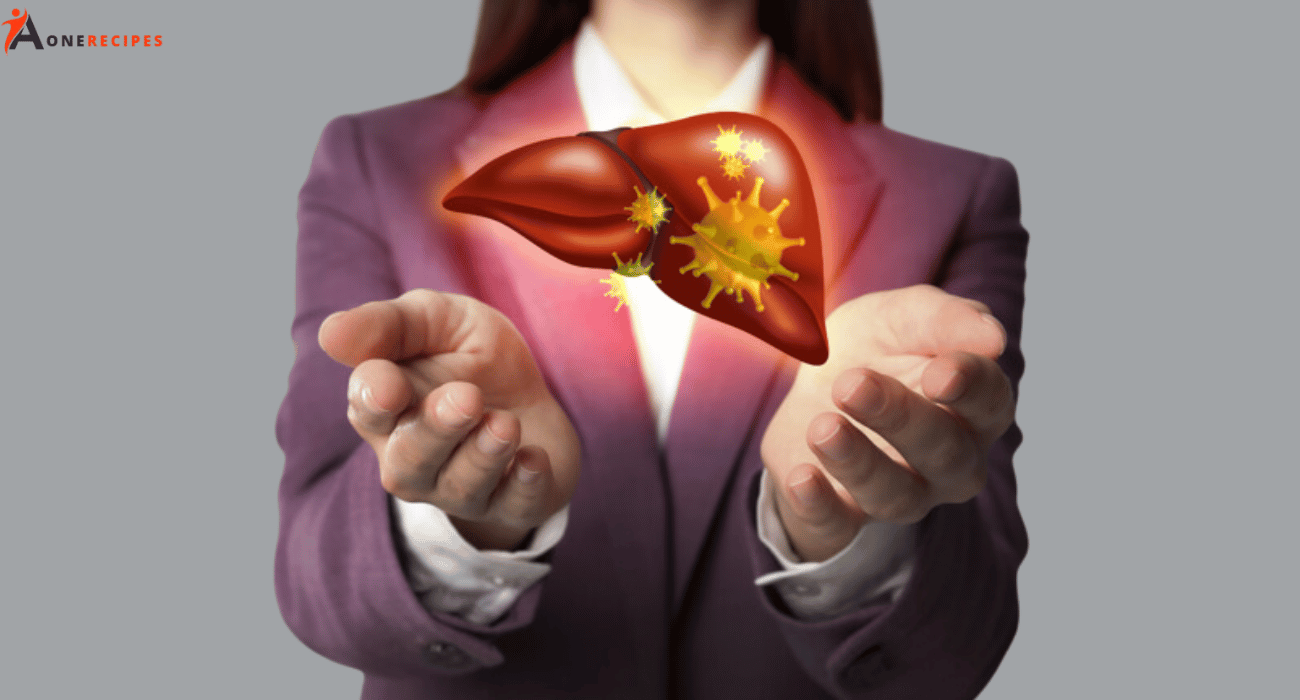Early Symptoms of Stomach Cancer
We’ve all experienced stomach troubles—ranging from mild discomfort, bloating, and gas to indigestion after a heavy meal and even medical conditions like gastroesophageal reflux disease (GERD).
The stomach often expresses itself in uncomfortable ways. While these common digestive symptoms are often harmless and caused by everyday factors, some of them could signal something far more serious—stomach cancer.
November is Stomach Cancer Awareness Month, a time to spotlight this disease and emphasize the importance of awareness, early detection, and supporting those affected.
In this article, we’ll explore what stomach cancer is, its various types and stages, symptoms to watch out for, and when it’s time to be concerned. We’ll also discuss who’s most at risk, how it’s diagnosed, the treatment options available, and more.
What Is Stomach Cancer?
Stomach cancer, also known as gastric cancer, is a disease that develops in the stomach lining. It occurs when the cells in the stomach lining undergo abnormal changes and begin to grow uncontrollably. Over time, tumors may form, potentially spreading to nearby tissues or, in advanced stages, to other parts of the body.
One of the biggest challenges with stomach cancer is its slow development and the lack of noticeable symptoms in its early stages. As such, early diagnosis and treatment are crucial for better outcomes.
Types of Stomach Cancer
There are several types of stomach cancer, each affecting different parts of the stomach in distinct ways:
- Adenocarcinoma
- The most common type of stomach cancer (90% of cases).
- Develops in the inner lining of the stomach.
- Symptoms: Digestive disturbances, unexplained weight loss, fatigue, and abdominal pain.
- Lymphoma
- A rare type (4% of cases).
- Originates in the immune system rather than the stomach lining.
- Divided into:
- Primary lymphoma: Starts in the stomach and spreads later.
- Secondary lymphoma: Begins elsewhere and spreads to the stomach.
- Gastrointestinal Stromal Tumors (GIST)
- A rare type of tumor.
- Arises from the stomach’s connective tissues.
- Symptoms: Abdominal pain, gastrointestinal bleeding, or a palpable mass.
- Neuroendocrine Tumors
- Originate from the nervous and endocrine system cells.
- Symptoms: Skin flushing, diarrhea, and abdominal discomfort.
Stages of Stomach Cancer
Like other cancers, stomach cancer is classified into several stages:
- Stage 0: The cancer is confined to the inner lining of the stomach.
- Stage I: The cancer has penetrated the inner stomach wall.
- Stage II: The cancer has reached deeper layers or nearby lymph nodes.
- Stage III: The cancer has spread to deeper parts of the stomach wall or several lymph nodes.
- Stage IV: The cancer has metastasized to distant organs or tissues, such as the liver or lungs.
Causes and Risk Factors of Stomach Cancer
Key risk factors include:
- Age and Gender: More common in men than women and primarily affects older adults (65+ years).
- Family History: A family history of stomach cancer increases susceptibility.
- Diet: High intake of salted, smoked, or pickled foods increases the risk, while fresh fruits and vegetables provide protective benefits.
- H. pylori Infection: Chronic stomach infections caused by H. pylori bacteria can lead to cancer development.
Diagnosis and Treatment
- Diagnosis: Performed through tests like endoscopy, imaging scans, or biopsies.
- Treatment: Includes surgery, chemotherapy, radiation therapy, and immunotherapy.
Conclusion
While stomach cancer can be silent, awareness and early detection can make a significant difference. Stomach Cancer Awareness Month in November reminds us of the importance of consulting medical professionals at the first sign of concerning symptoms.
If you or someone you know needs support or treatment, reach out to a specialist in gastroenterology or oncology.



